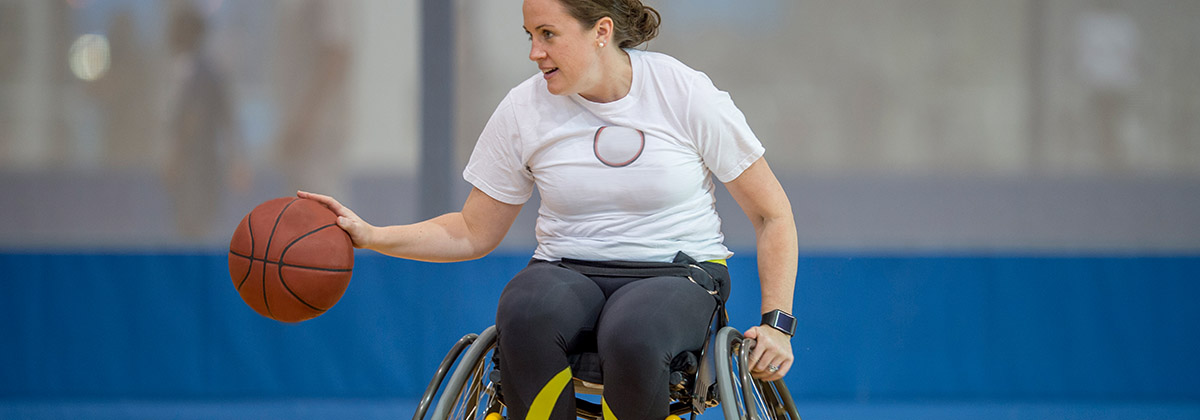Many similarities exist between athletes with disabilities and able-bodied athletes. However, some differences affect the Long-Term Development process for athletes with a disability.
Congenital or acquired
Athletes with disabilities may have been born with a disability (congenital) or they may have acquired a disability later in life. Its origin can affect the athlete’s learning and development.
Information is needed
Because children with a congenital disability may not have the same opportunity to learn basic movement skills at the Active Start stage, parents and caregivers must have the necessary information to help identify suitable sport and activity programs.
Different approaches are needed
Children with a sensory-impairment disability (e.g. blindness, deafness) may find it difficult to learn basic movement skills. Different approaches to teaching basic skills may therefore be required.
Support personnel needed to be trained
Some athletes with disabilities require personal care support, interpreters, and other personnel not found in able-bodied sport. These particular sports require qualified officials. Failure of the sport system to develop these supporting roles will have a long-term negative impact on athletes’ development and experiences.
Adapted equipment and facilities
Many athletes with disabilities require adapted equipment or modified facilities to take full advantage of their athletic potential and to minimize potential disability-induced barriers.
Competition must be fair
Some competition models may lead to cancellation of events or to inappropriate combinations of athletes that further limit fair and valuable competition.

